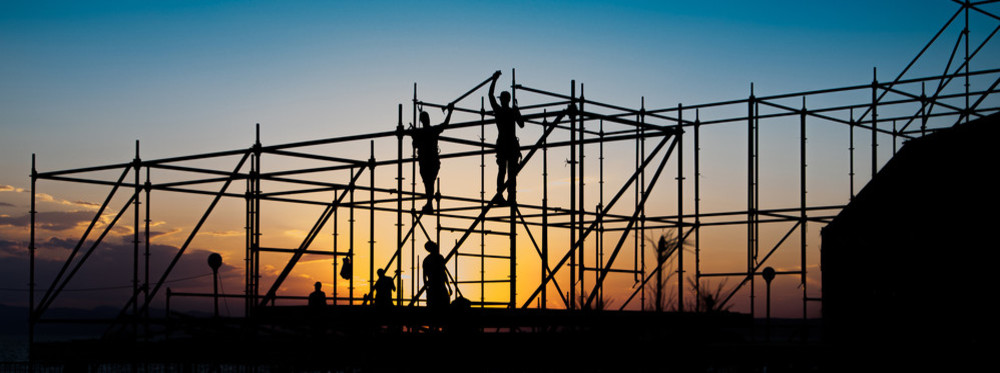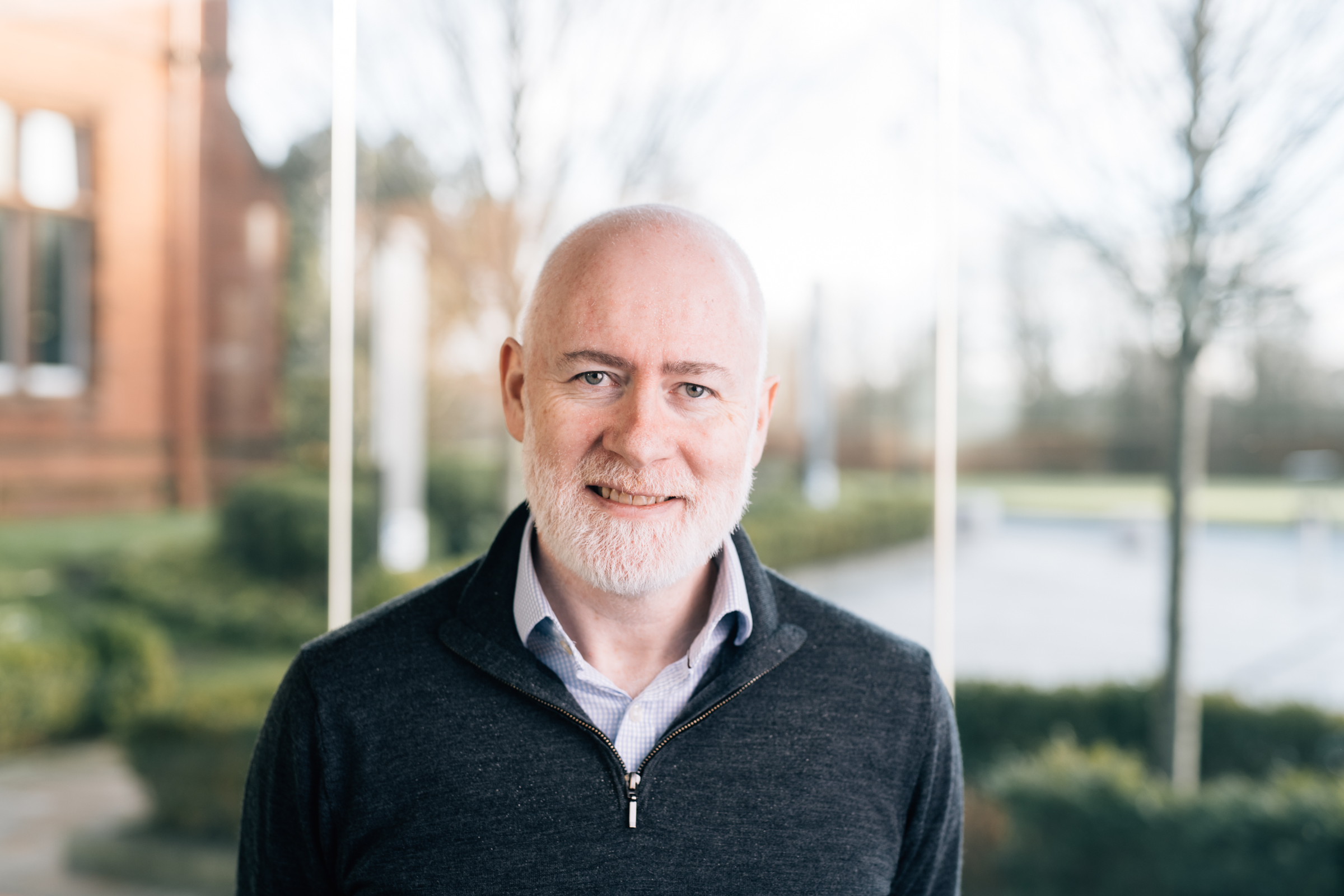How construction companies can unlock the value of sustainable design

Sustainability has been driving real change across the construction industry over the last decade. The next ten years will undoubtedly see this ramp up even further as we all aim to reduce emissions, future-proof projects and slow the rate of climate change.
To reach the ambitious targets set out by The Paris Agreement and the UK Government's goal of achieving net-zero emissions by 2050, the way construction and fit-out projects operate must evolve.
While governments and clients have a central role to play, construction companies and specialists can lead this process. As interior fit-out specialists, we integrate sustainability into our approach to ensure quality, budget control and delivery.
Here are some of the lessons we’ve learnt that can enable sustainable construction projects:
Engaging early
All types of companies want to create sustainable buildings, but the planning and execution involved can be complicated and time intensive. Reaching a BREEAM excellent or outstanding rating relies on implementing sustainable working practices at every stage of a project. This includes resource efficiency, waste management and using the right building materials and techniques, but it also means effectively engaging all stakeholders. By setting out sustainability goals at the start of the process and maintaining an ongoing dialogue, we can ensure clients, architects, and contractors consider sustainability at every stage. This includes things that often get overlooked, such as sourcing low volatile organic compound (VOC) products or using electric rather than diesel-fuelled forklifts.
Building expertise
It feels like the whole world has taken a crash course in sustainability over the last decade, and we have seen a considerable leap in expertise among our industry and clients within the last few years. There’s still a lot of progress to make and continuing to build in-house capability is critical.
Clients and investors are increasingly knowledgeable about BREEAM, [Leadership in Energy and Environmental Design] LEED or WELL. However, they still need practical knowledge and insights into making these goals a reality. While expert consultants will always have a role to play, having in-house expertise is increasingly emerging as a key differentiator for clients. They want specialists that can provide value throughout the process, from sourcing materials to issuing commissioning certificates and providing aftercare.
Highlighting opportunities
Sustainability is often seen as a tick-box exercise by many in the construction and fit-out world. And while it’s undoubtedly the case that the prospect of increasingly heavy financial penalties is a significant motivating factor, we are finding that a growing number of clients are taking a more positive view. Achieving a BREEAM 'outstanding' rating requires additional cost, such as paying to conduct thermographic surveys or making sure that all materials are fully recyclable. But the long-term benefits are significant in terms of reduced utility costs, future-proofed businesses, increased tenant demand and increased wellbeing for employees and communities. Again, engaging stakeholders early is often critical in elevating sustainability from a regulatory requirement to an exciting opportunity.
Holding yourself accountable
The practical challenges of transitioning to a low-carbon economy touch every part of modern life, from the way we heat our homes to the lacquers and glues we use to finish a fit-out. Sustainable design has become a niche market, but it will become more important and mainstream. Companies in the construction and fit-out space need to practise what they preach by holding their own operations to the same standards their projects are judged by. For example, we've pledged to use only low-VOC paints and reduce our carbon footprint by 30 per cent by 2030.
Understanding your system
Choosing the right materials and construction techniques is an integral part of sustainable design and creating local systems that support wellbeing and the environment. This means considering such factors as sun orientation, implementing high-efficiency electrical, plumbing and heating, ventilation, and air conditioning systems, as well as using more renewable energy. It's also important to be aware of the broader local environment in which our buildings exist. This includes design choices such as using trees, plants, and grasses native to the area or installing stormwater management strategies.
Buildings also play a role in our social systems. A commercial building's average lifespan is 25-30 years, which presents some challenges for sustainable design. Either these buildings must be made with recyclable materials so that they can be cleanly dismantled, or the initial designs need to be flexible enough to accommodate future changes of use. The UK government is encouraging the latter through the introduction of Class E permitted development rights.
There are many other ways that projects can be more sustainable that are unique to their local contexts. For example, we have developed several closed-loop solutions that reduce waste and benefit the local community.
We’re part of recycling schemes for Correx, Plasterboard and Armstrong Ceiling tiles. Used materials are collected from our sites and re-manufactured; reducing raw materials, carbon waste and skip space.
We donate waste wood from our projects to a local college's carpentry department within our local community, providing a new use for materials that would otherwise be destined for landfill. We also work with The Turnaround Project, who have created a workshop out of the wood we've donated. We've also recently partnered with Tools for Solidarity – who take our old tools, refurbish them and send them to Tasmania and Malawi.
Developing these solutions not only helps to reduce the impact of every job we complete, but it helps to strengthen community relationships, allowing us to lead the sustainability conversation from the front.
Making sustainability normal
Part of what makes the challenges of sustainability so intimidating is their scale. The narrative around the topic is often focused on the bigger picture, and this can feel daunting. As with any large project, it can be difficult to know where exactly to start. In reality, seemingly small wins can begin to create the momentum for change when taken together. Organisational leadership has a really important role in educating stakeholders and making sure that construction and fit-out companies lead by example and hold themselves to account. Effective education drives changes in behaviour that help contribute to the larger goal of transitioning to a low-carbon economy.
The construction industry is at the heart of making our towns and cities more sustainable. By taking a proactive approach to driving change rather than reacting to it, we can help create amazing, future-proofed spaces with social and environmental benefits that ripple outwards.
Together we can make sustainability the norm.
You may also be interested in


1 comments
Log in to post a comment, or create an account if you don't have one already.
Really enjoyed reading the Blog and it lead me to explore BREEAM which Is something I have not come across before but as I love all things sustainability it was really interesting and has given me a direction for some additional learning which is great. I love the message within the Blog that we need to make sustainability the norm.